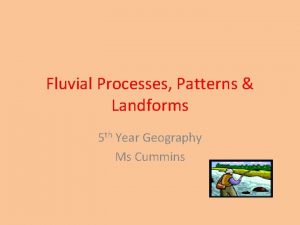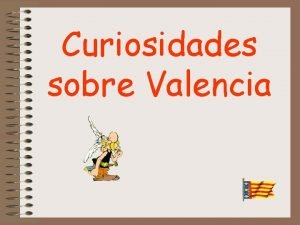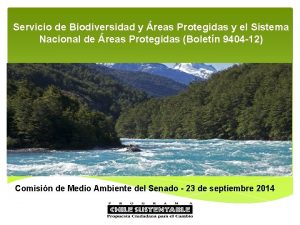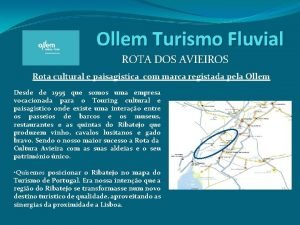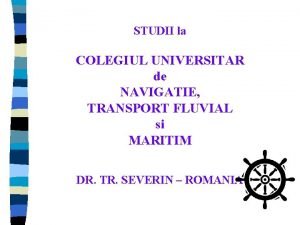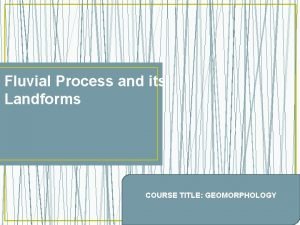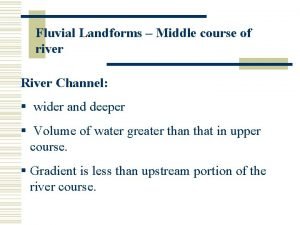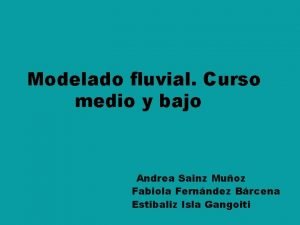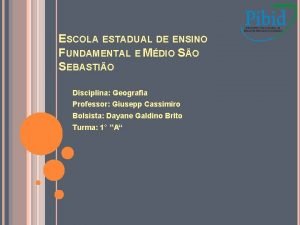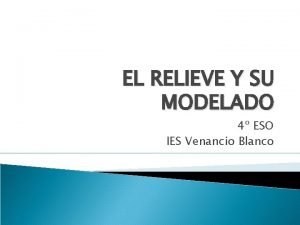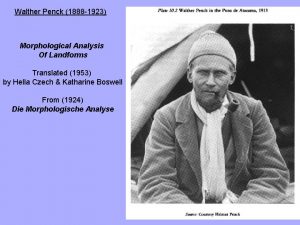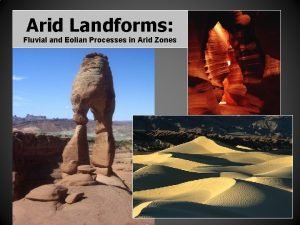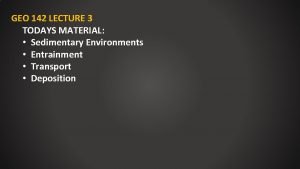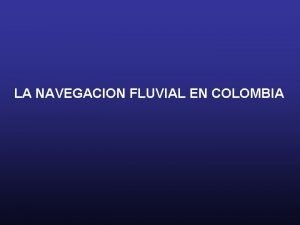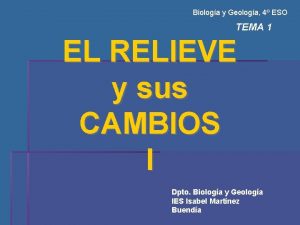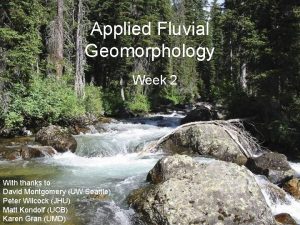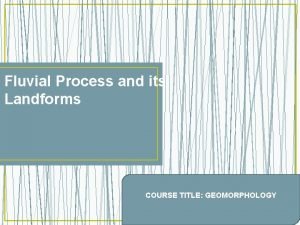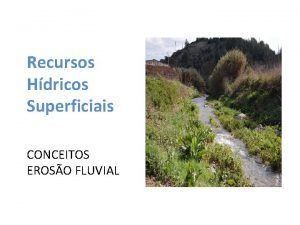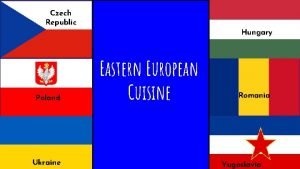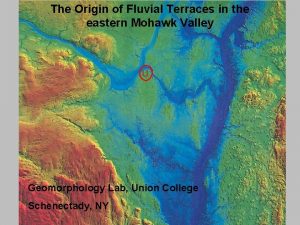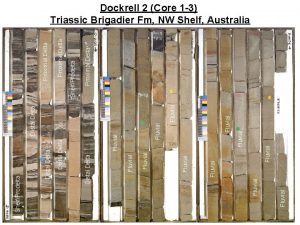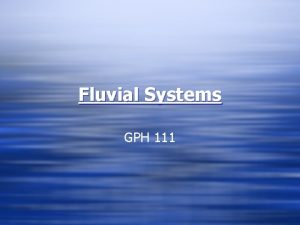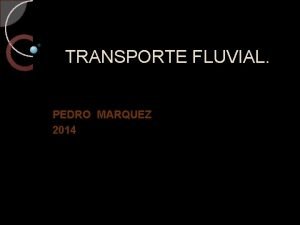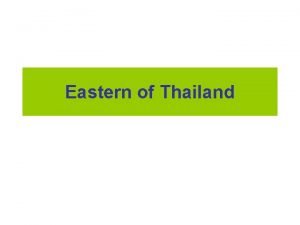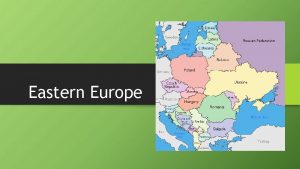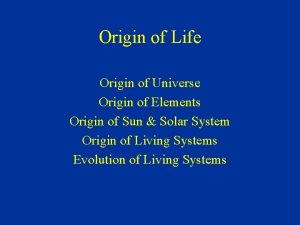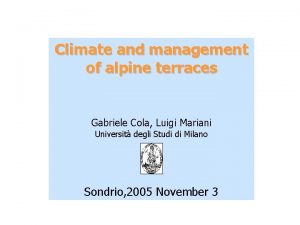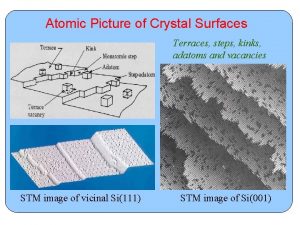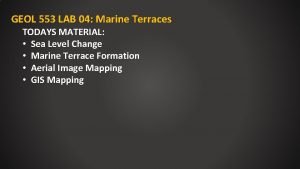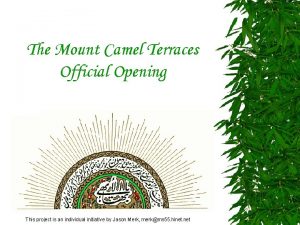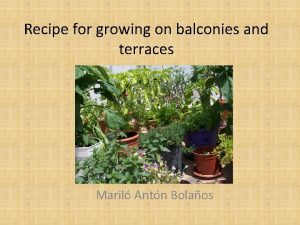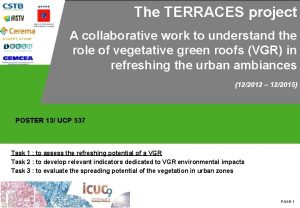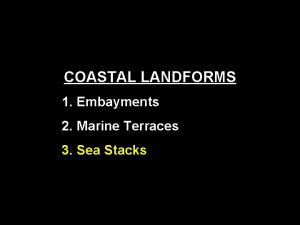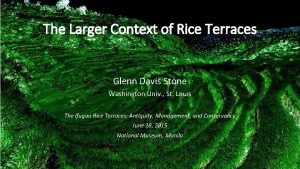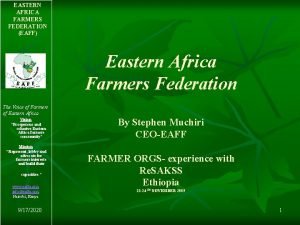The Origin of Fluvial Terraces in the eastern























- Slides: 23

The Origin of Fluvial Terraces in the eastern Mohawk Valley U Geomorphology Lab, Union College Schenectady, NY

Union College • ~2000 undergrads • quarter system ( 3 10 -week terms) Geomorphology course • prerequisite - any introductory geology course • 6 -12 students • 40% fluvial, 20% slopes, 20% weathering, 10% eolian, 10% karst • WAC (writing intensive course)-6 significant lab reports • students read and discuss 6 journal articles related to lab reports • GSA style oral presentations on lab reports • team oral presentations of journal articles

U

U from La. Fleur, unpublished

published

Hoffman’s Delta


U


Hoffman’s Delta Washout Creek/Sanders Preserve U Plotterkill Preserve Mohawk Valley terrac


Pedagogic Objectives • provide students with a challenging “real” geomorphic problem that requires field work with some map/computer work (3 -weeks long) • require students to use the primary literature to develop multiple working hypotheses to explain the origin of stream terraces near campus • consider and see the effects of thresholds in geomorphology • write a thorough and rigorous scientific report that tests multiple hypotheses and provides guidance for future work Student Objectives • document the distribution of fluvial terraces in the eastern Mohawk Valley • apply the concept multiple working hypotheses to develop testable hypotheses that explain the origin of these terraces, and to select and defend the most likely of these hypotheses • propose a research project to more fully test all hypotheses

Methods • read and discuss in class 2 background papers (Bull, 1979; Merritts et al. , 1994) • survey the height above the present stream channel of terraces along ~ 1 km reaches of 2 tributaries of the Mohawk River • generate longitudinal profiles of the terraces preserved • generate cross sections of the tributary valleys • map the large terrace remnants along the eastern Mohawk on topographic maps • observe exposures of the material that underlies the stream terraces to determine whether terraces are fill or strath terraces Materials • • • site level and stadia rod laser range finders (planned for 2008) measuring tape local topographic maps picks and shovel to excavate beneath terrace surfaces

Deliverables • 2 longitudinal profiles, 2 cross sections, a topographic map, EXCEL data tables with all calculations • an ~10 page report in a “standard” scientific format (w/ introduction, methods, data and discussion, and conclusions sections) • an oral report by selected students followed by open discussion in class








Some commonly developed hypotheses • Terraces in the eastern Mohawk Valley reflect step-wise base level lowering associated with drainage of Glacial Lake Albany • Terraces in the eastern Mohawk Valley reflect progressive isostatic uplift of the region • Terraces in the eastern Mohawk Valley reflect changes in sediment yield and stream power that were climatically induced during the Holocene • Terraces in the eastern Mohawk Valley reflect anthropogenic impacts on hill slope stability during the late Holocene.

Strengths • problem based, investigative, hands-on • requires significant synthesis Weaknesses • big and complicated • elusive balance between giving class enough information and so much as would ruin the challenge for the best students
 Bench terrace sloping outward
Bench terrace sloping outward Fluvial processes diagram
Fluvial processes diagram Curiosidades de las torres de quart
Curiosidades de las torres de quart Modelado fluvial
Modelado fluvial Ollem turismo fluvial
Ollem turismo fluvial Curs calificare marinar fluvial
Curs calificare marinar fluvial What is a fluvial process
What is a fluvial process Fluvial
Fluvial Pez teleosteo fluvial
Pez teleosteo fluvial Modelado fluvial
Modelado fluvial Transport routier caractéristiques
Transport routier caractéristiques Vale fluvial
Vale fluvial Modelado torrencial
Modelado torrencial Morphological analysis of landforms
Morphological analysis of landforms Different types of dunes
Different types of dunes Alluvial vs fluvial
Alluvial vs fluvial Animales del rio magdalena
Animales del rio magdalena Procesos fluviotorrenciales
Procesos fluviotorrenciales Erosão
Erosão Maqueta de relieve chileno
Maqueta de relieve chileno Applied fluvial geomorphology
Applied fluvial geomorphology Fluvial process
Fluvial process Perfil transversal
Perfil transversal Eastern european cuisine
Eastern european cuisine

